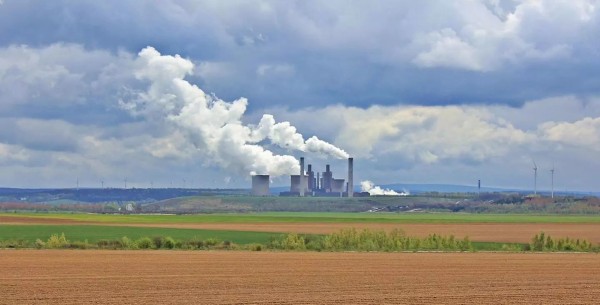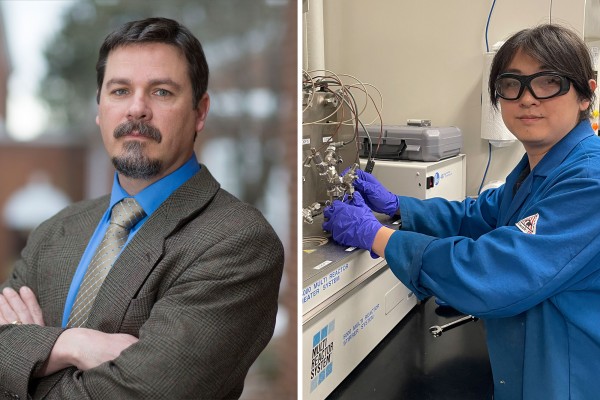GCRI-ERS: Equipment Core and Clean Energy
SIF187B GCRI-ERS: Grand Challenge Research Investment
Environmental Resilience and Sustainability
Equipment Core and Clean Energy
Grand Challenges Clean Energy Projects Catalysis
Project Manager: Lori McMahon
BoV Approved: Summer 2022
Project Dates: 1/1/2023 – 12/31/2027
Total Funding: $8,000,000
Current Status: Active
This project is made of two components. The first component ($2M) intends to develop a seed funding mechanism and a competition to support promising low emissions/energy concepts to generate preliminary data that will potentially lead to extramurally funded research to continue the work. Funds may be used to support ideas across two disciplines as necessary. While STEM centric, inclusion of non-STEM disciplines is strongly encouraged, especially if it strengthens and differentiates the team from outside competition, for the point of view of funding opportunities and funding agency priorities. The project will be executed during the next two academic years in two stages. First, a $50K investment in 16 projects with an expected duration of 18 months to complete. Second stage will involve a down selection of 4 projects from the 16 and funded at $250K over two subsequent years. Criteria for topics and proposal selection criteria together with success factors to warrant further investment will be developed.
The second component ($6M) focuses on developing world-class infrastructure for the catalysis cluster hire initiative approved under the GC on Environmental Resilience and Sustainability. A state-of-the art instrumentation XPS system has been requested by the group that will put UVA infrastructure as one of the best. Additionally, a request for a SS-NMR instrumentation will be one of the rare finds at an academic institution in the US. This device requires a hire as part of the cluster hire program on catalysis. The project will shepherd these investments and place the catalysis group at a significant international advantage to compete for extramural support.
The following a request for proposals process, three projects have been awarded an Explore-2-Build (E2B) Clean Energy grant of $300,000. For more information please visit: https://research.virginia.edu/initiatives/strategic-research-themes/grand-challenges-research-investments/grand-challenges-1
Shear Genius: UVA Finds Way To Scale Up Wonder Material, Which Could Do Wonders for the Earth
Researchers at the University of Virginia School of Engineering and Applied Science have figured out how to take a miracle material, one capable of extracting value from captured carbon dioxide, and do what no one else has: make it practical to fabricate for large-scale application.
The breakthrough from chemical engineering assistant professor Gaurav “Gino” Giri’s lab group has implications for the cleanup of the greenhouse gas, a major contributor to the climate change dilemma. It could also help solve the world’s energy needs.
The substance, called MOF-525, is in a class of materials called metal-organic frameworks. Read more...


New Process May Reduce Negative Impacts of Making Plastics, Other Products
The lab of University of Virginia chemistry professor Brent Gunnoe has discovered a novel process that could more cleanly and cheaply convert the chemical ethylene for use in lightweight plastics, such as beverage bottles, and other widely used consumer and industrial products.
UVA is now collaborating with Chevron Phillips Chemical on the discovery, which upgrades ethylene, a compound derived from natural gas, into what’s known as “higher olefins.” They’re used to produce not just plastics, but also synthetic oils, soaps and detergents, and dyes and resins. The industry is valued at about $10 billion a year. Read more...

